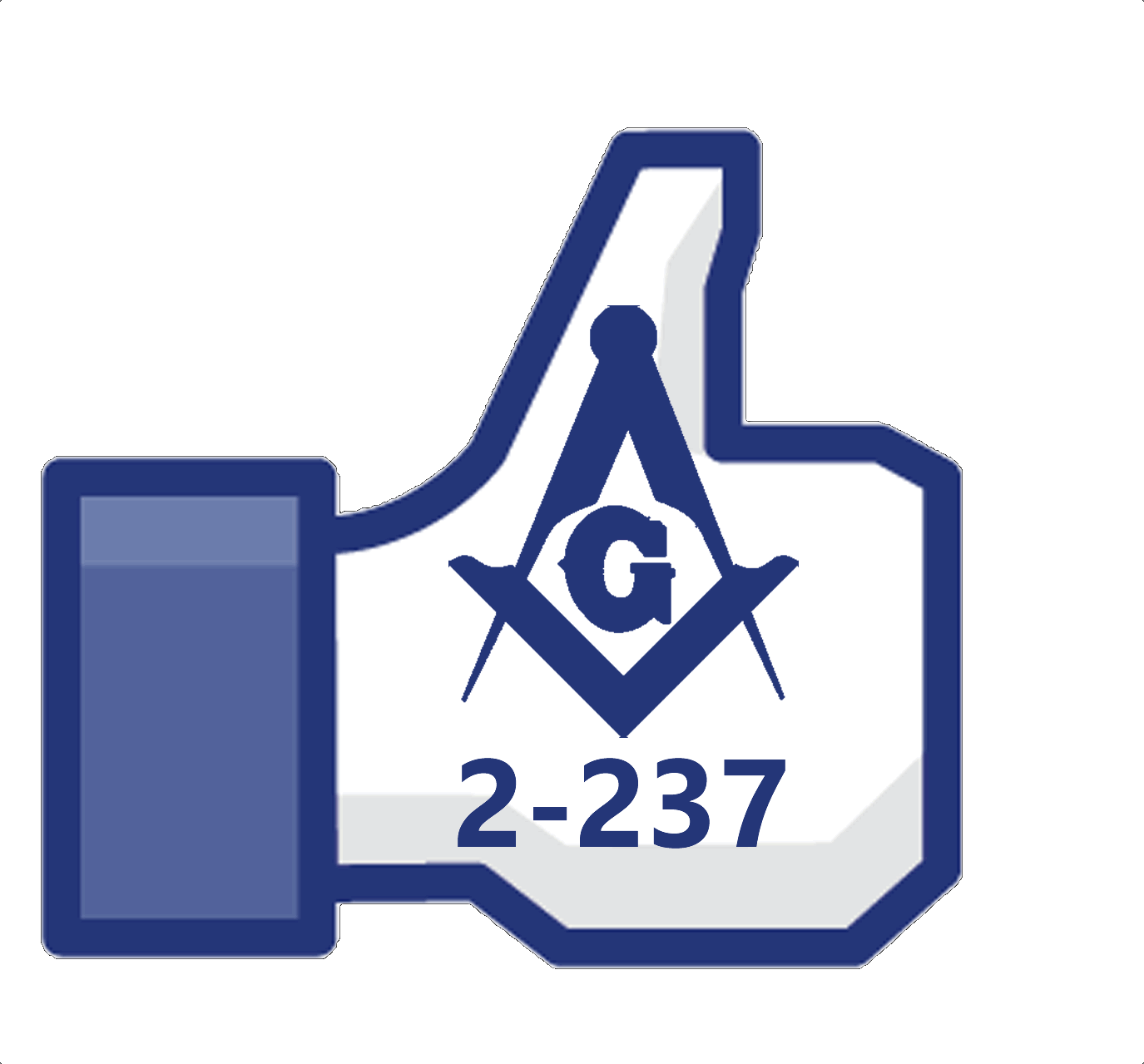March Lodge Program: Early Lodge History
Below is a copy of the March lodge history for all those who wanted a copy.
Kilwinning Crosse’s history is often discussed within the walls of our building at 102 Chase Street, but it is done with an amount of uncertainty or partial certainty. We have all heard the ‘big-ticket item’ stories: when we received our first charter and the story of our traveling jewels. However, there is much more to Kilwinning Crosse’s history than just this.
“Port Royal Crosse”, as it was named in the days before its chartering, had met for several months, possibly years, before it began the long process to obtaining a charter in the New World. On April 12, 1754, 13 brethren were present to discuss the formation of a chartered lodge. Of those 13 were 2 visitors, one of whom was Brother Thomas Landrum who was a member of a warranted lodge in Fredericksburg, VA. In those days, Port Royal was a budding port with living quarters, taverns, and a warehouse making it’s deep-water river property perfect for tobacco farmers and traders. As the British crown began raising their taxes, many business owners sought ways to get their products into Europe through means of avoiding London. For this reason, many successful business owners began affiliating with masonic lodges based out of Scotland. It is thought that some, or many, of the initial Scottish lodges were founded for this reason and that some early masons, including Worshipful Brother George Washington, may have affiliated partially for these benefits. It is interesting, than, to note that many of the original members of Kilwinning Port Royal Crosse, as it was known after it’s chartering, were Tories loyal to the British crown.
The title “Kilwinning” comes from the location of the ‘Mother Kilwinning’ numerically known as Lodge 0. Mother Kilwinning issued many charters and, in fact, had been operating as an operative and speculative masons lodges as much as 2 centuries prior to the formation of the first ‘modern’ lodge in London. The Grand Lodge of Scotland issued a charter to John Cross (last name spelled without the “-e”) for ‘Kilwinning Port Royal Crosse’ because it wanted to be represented as a Scottish Masonic body in the New World. It is this simple act of naming that indicates the feelings of hope towards the future that all members of Kilwinning Crosse should hold dear.
The latter portion of Lodge No. 2’s name, “Crosse”, is in honor of that brother who sacrificed so much to attain our original charter and the lodge jewels which we have secured in our possession.
Throughout Kilwinning Crosse’s first 100 years of history, seldom a conflict can ever be found. In fact, the only recorded instance of disharmony existing within the lodge takes place in the earlier part of the 19th century. A brother from Westmoreland had reported that a member of our lodge sold him a watch and that the watch did not appear to hold proper time. The brother was asked if he sold the watch to the visitor from Westmoreland and upon confirming his knowledge of the piece’s state, he was asked to vacate the lodge. The issue was that simply resolved. It is with great pride and dignity that the brethren of Kilwinning Crosse recognize the great peace amongst the brethren that has always existed, even though hundreds if not thousands of instances of disagreements are almost certain to have occurred throughout our 260 year history.
Finally, we must acknowledge the contribution of some of our distinguished members. General George Weedon is often discussed in our lodge and is honored as a past master of Fredericksburg No. 4. Before Fredericksburg had obtained their charter, General Weedon had been regularly initiated, passed, and raised to the sublime degree of Master Mason in Kilwinning Port Royal Crosse. His career is most notably marked by his assault on the British troops who were attempting to flee to the sea for additional attacks on the north. Due to Worshipful Brother Weedon’s actions, the Revolutionary War concluded in the south. It is widely believed that without his involvement, the War might have continued for many months or years later. Our first Worshipful Master, Worshipful Patrick Coutts, is also a man of note. A business owner and man of great influence, he helped forge the early economy in the area and owned the region of Richmond around the present-day Mayo Bridge. His personality is appropriately captured in a response he sent to best friend William Byrd who had request that Patrick Coutts, who lay on his death bed, fight for survival long enough to exchange a proper farewell. Patrick Couts replied saying, “Tell William Byrd that when Patrick Coutts makes up his mind to die, he waits for no man.” Additional notable members of Kilwinning Crosse include President James Monroe, General James Bankhead from the Revolutionary War, and Robert O. Peatross, PM of Kilwinning Crosse and first District Deputy Grand Master of the 8th Masonic District whose signature can be seen in the records contained in our library.
Kilwinning Crosse’s history is unusual and unique as a result of the indelible individuals and special circumstances that she has found herself in. Through numerous wars, economic turmoil, and the stresses of an ever-changing culture, Kilwinning Crosse has survived and thrived. It is a heavy mantle to accept a piece of this tradition that we all carry in our hearts. Let us live our lives masonically, and individually, in ways appropriate for such an esteemed institution.



